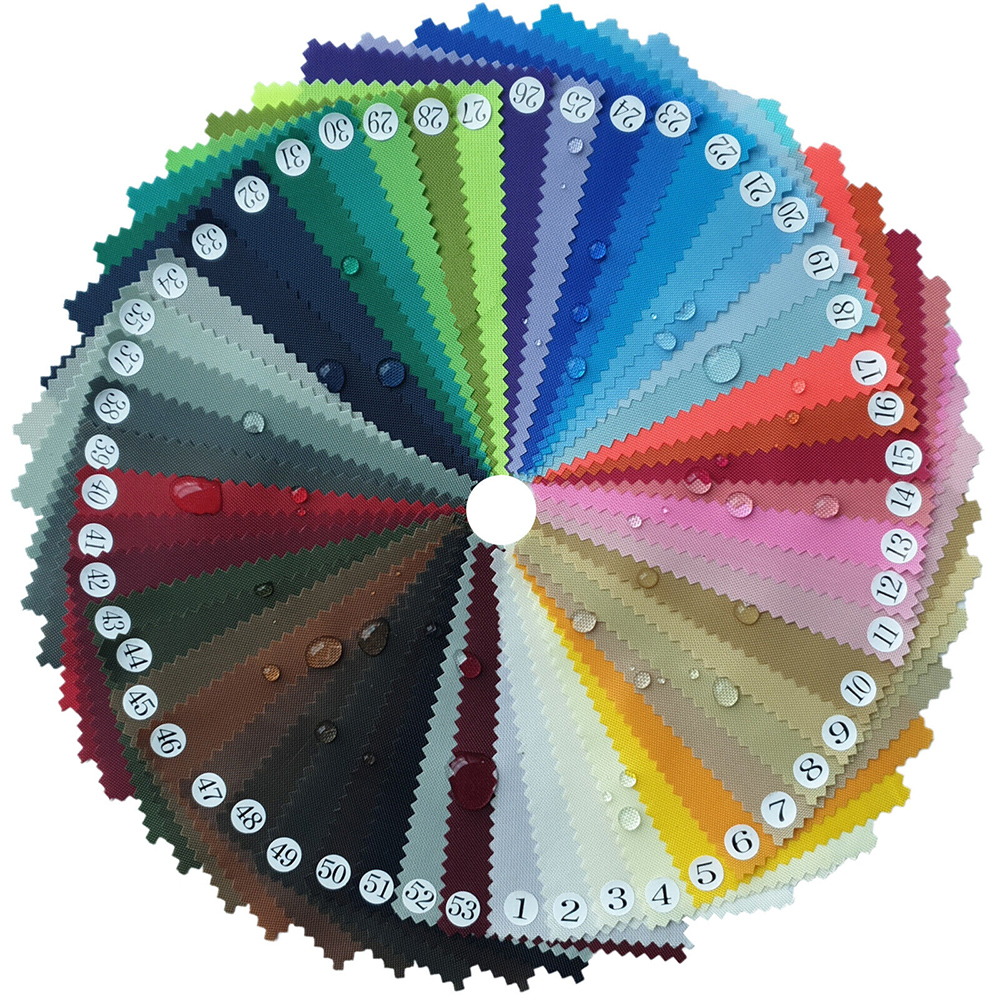
Nylon is a popular material known for its durability, versatility, and resistance to abrasion. When it comes to outdoor products, such as bags, backpacks, and tents, people often wonder about the difference between 210T and 210D nylon. In this blog post, we will answer that question and provide some insights into these two types of nylon.
First, let's understand what 210T nylon means. When you search for the meaning of 210T nylon online, you may come across different explanations. Some sources claim that the "T" stands for "Taffeta," while others believe it stands for "Tex." After conducting extensive research and consulting fabric suppliers, it is widely agreed that the "T" in 210T refers to yarn count.
Yarn count measures how closely woven the threads are in a square inch of fabric. For 210T nylon, this means there are exactly 210 threads or yarns per square inch of fabric, counting both the lengthwise and crosswise yarns in the fabric area.
On the other hand, 210D nylon is a lightweight fabric commonly used in bags, backpacks, and outdoor gear. The "D" in 210D nylon refers to denier, which is a unit of measurement used to describe the thickness of a yarn. In the case of 210D nylon, it means 210 grams per yarn per 9000 meters.

Now, let's compare 210D and 210T nylon. Denier and thread count are two common ways to describe fabrics, but they represent different aspects. Denier measures yarn thickness, while thread count measures the number of weaving threads per square inch.

For 210D fabric, the denier is obviously 210, and the yarn count is usually between 100T and 135T. On the other hand, for 210T fabrics, the yarn count is 210, and the denier is usually between 60D, 63D, 66D, and 75D. As you can see, 210D and 210T fabrics can be quite different in terms of denier and thread count. The former has a thicker yarn, about three times thicker, while the latter is twice as dense as similar products.
When it comes to waterproofing, it depends on the surface preparation and coating. Generally, 210T nylon is water-resistant but not completely waterproof. It will eventually become wet. However, if breathability is your priority, 210T nylon is still a good choice.

So, which one is better? The answer depends on your specific needs. If you require strong and durable products like backpacks and luggage, 210D nylon with its thicker yarns is a better option. On the other hand, if you need lightweight and outdoor products like tents, outdoor clothing, and umbrellas, 210T nylon with its high density is a great choice.
Fabric coatings play a crucial role in making fabrics more resistant to water, dirt, and stains. Polyurethane (PU) coating is a common coating applied to nylon fabrics to repel water. It is a thin layer of polyurethane that can be applied to the inside or outside of the fabric, making it more durable and waterproof.
In conclusion, the difference between 210T and 210D nylon lies in the thickness and density of the yarn. 210D nylon is stronger and more durable, while 210T nylon is lightweight and high-density. By understanding these differences, you can make an informed decision when choosing nylon fabrics for your specific needs.